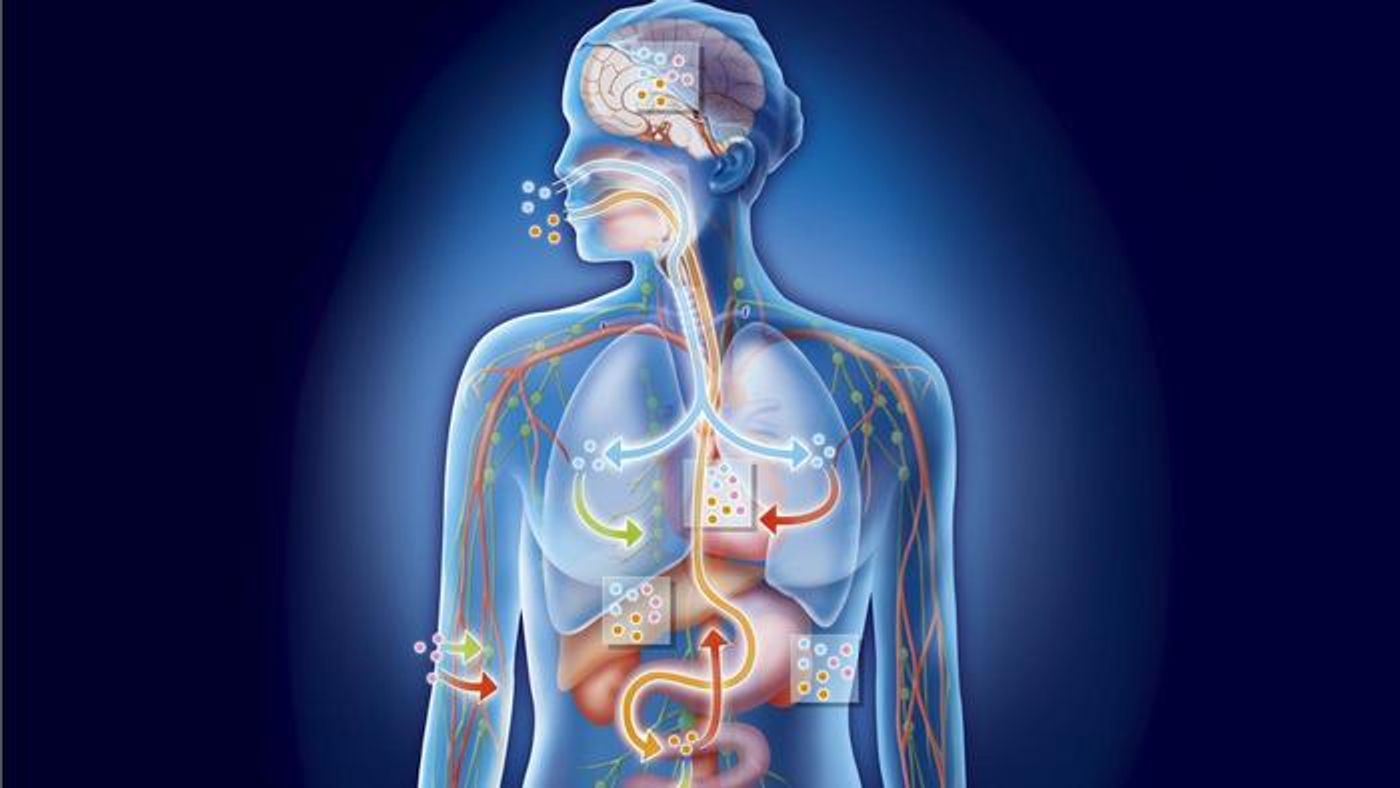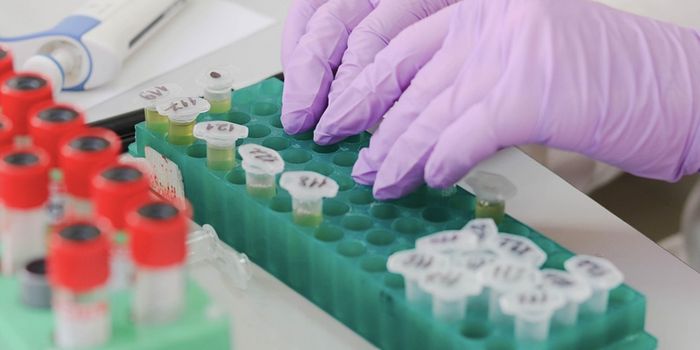While the intestines are potentially the star players of the digestive system, they also play a role in immune homeostasis, containing a receptor-repressor system that responds in different ways to any pathogens that might come tumbling down the esophagus with breakfast. New research findings from the University of Bonn, published in
Scientific Reports, provide an in-depth analysis of how the intestines defend against pathogens and environmental toxins.
Their discovery revolves around the relationship between the aryl hydrocarbon (Ah) receptor and its repressor, which together respond to foreign substances in the intestines. They found that the Ah receptor acts as a sensor for any ingested pollutants and is known to be an important player in the maturation of innate lymphoid cells. As expected, Ah receptor repressor keeps its counterpart in check, regularly monitoring the transcriptional expression of the Ah receptor target genes.
The University of Bonn scientists realized the importance of the Ah receptor repressor in their study as providing feedback inhibition, maintaining colonic lymphocytes, and preventing excessive inflammatory factor production from chemical messengers like IL-1B. A malfunction of the Ah receptor repressor means total breakdown of the immune system in the digestive system, which can lead to septic shock during bacterial infections.
Needless to say, the Ah receptor repressor provides a vital barrier function in the intestines. The body does not want pathogens absorbed into the bloodstream from the digestive system as it is absorbing nutrients, but it also doesn’t want an excessive immune response wreaking havoc in the body.
Using a mouse model, the University of Bonn scientists created Ah receptor repressor reporter mice and knockout mice, replacing the actual gene for the repressor with a green fluorescent protein (GFP) gene. This way, scientists can visualize and measure levels of GFP as a representation of the levels of Ah receptor repressor that would normally be produced.
Visualizing expression at the single cell level helped the researchers truly understand the regulatory mechanisms involved in immune homeostasis in the intestines.
While receptor and repressor relationships are usually thought of as one being “on” while the other is “off,” the experiment’s results actually showed that most of the Ah receptor repressor activity occurred when the receptor was also fully active.
"Our data show that for a balanced immune response, both counterparts are necessary," said Dr. Irmgard Foerster.
Whether it was the Ah receptor or its repressor that malfunctioned during the experiment, both events led to increased “sensitivity for chronic bowel inflammation.”
This is why many foods are known as “anti-inflammatory.” Healthy components of natural foods like broccoli bind the Ah receptor and activate the Ah receptor repressor, to help with stabilization of the intestinal immune system. Additionally, continuous consumption of healthy foods whose components boost the stability of the Ah receptor and repressor relationship is needed to keep the intestinal immune system functioning properly, as it must be rebalanced on a regular basis to keep cases of harmful inflammation like colitis and septic shock at bay.
Source:
University of Bonn


![Everything You Need To Know About NGS [eBook]](https://d3bkbkx82g74b8.cloudfront.net/eyJidWNrZXQiOiJsYWJyb290cy1pbWFnZXMiLCJrZXkiOiJjb250ZW50X2FydGljbGVfcHJvZmlsZV9pbWFnZV9mNTM1ZjIyYzA5MDE5ZmNmMWU5NmI0ZDc4NWU2MzdiZTZlN2I5ZDk5XzE4NDUuanBnIiwiZWRpdHMiOnsidG9Gb3JtYXQiOiJqcGciLCJyZXNpemUiOnsid2lkdGgiOjcwMCwiaGVpZ2h0IjozNTAsImZpdCI6ImNvdmVyIiwicG9zaXRpb24iOiJjZW50ZXIiLCJiYWNrZ3JvdW5kIjoiI2ZmZiJ9LCJmbGF0dGVuIjp7ImJhY2tncm91bmQiOiIjZmZmIn19fQ==)






